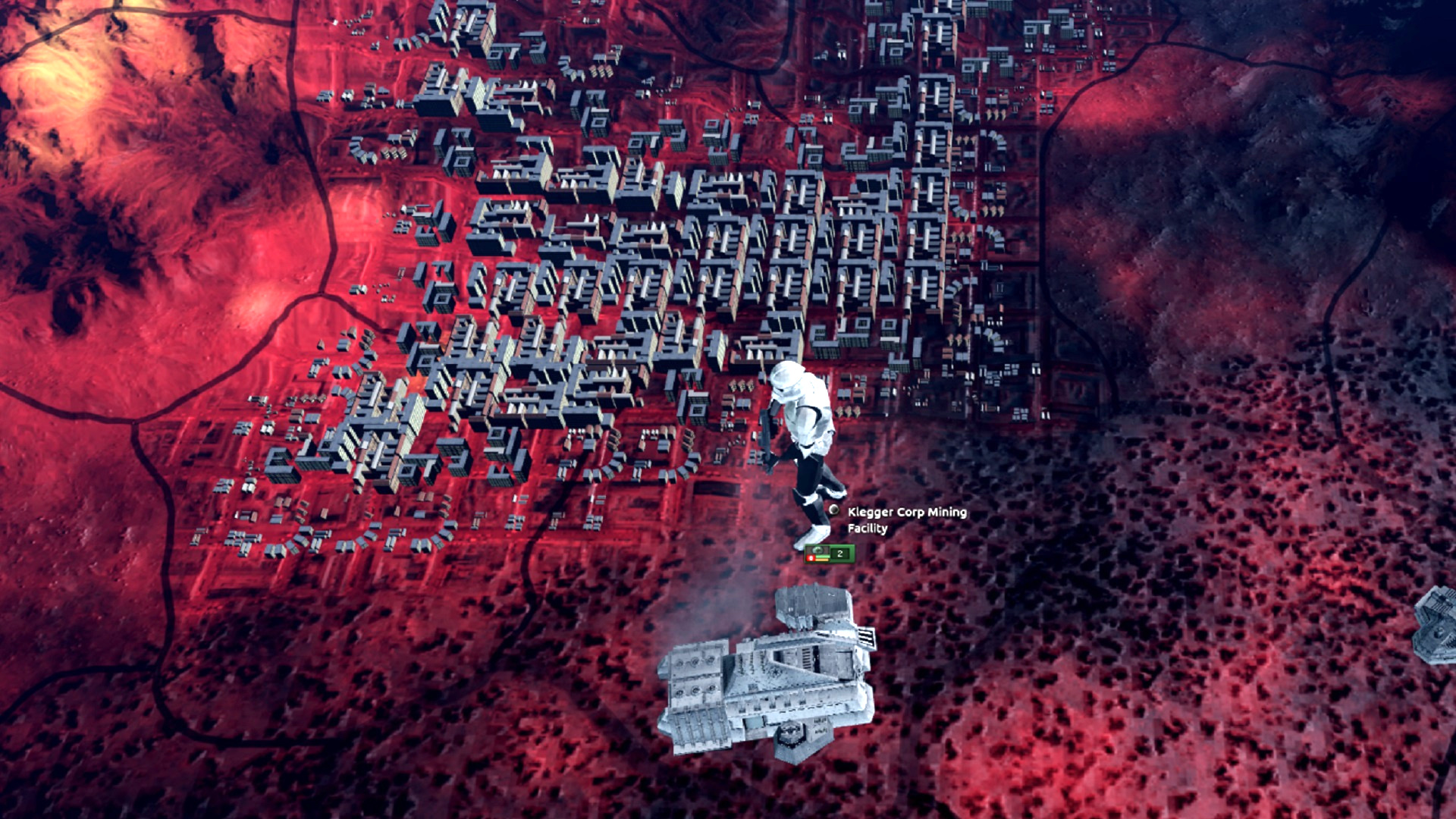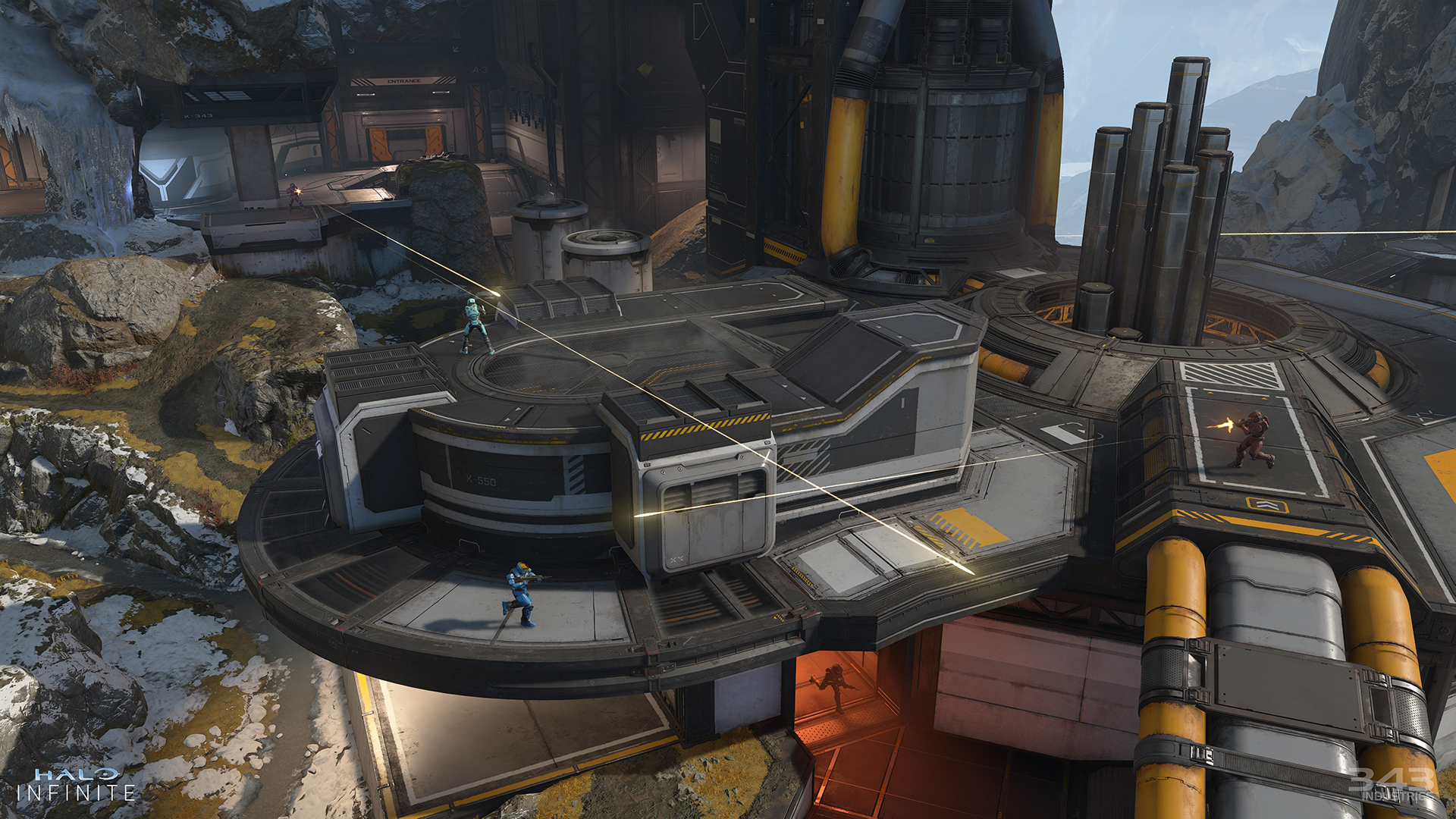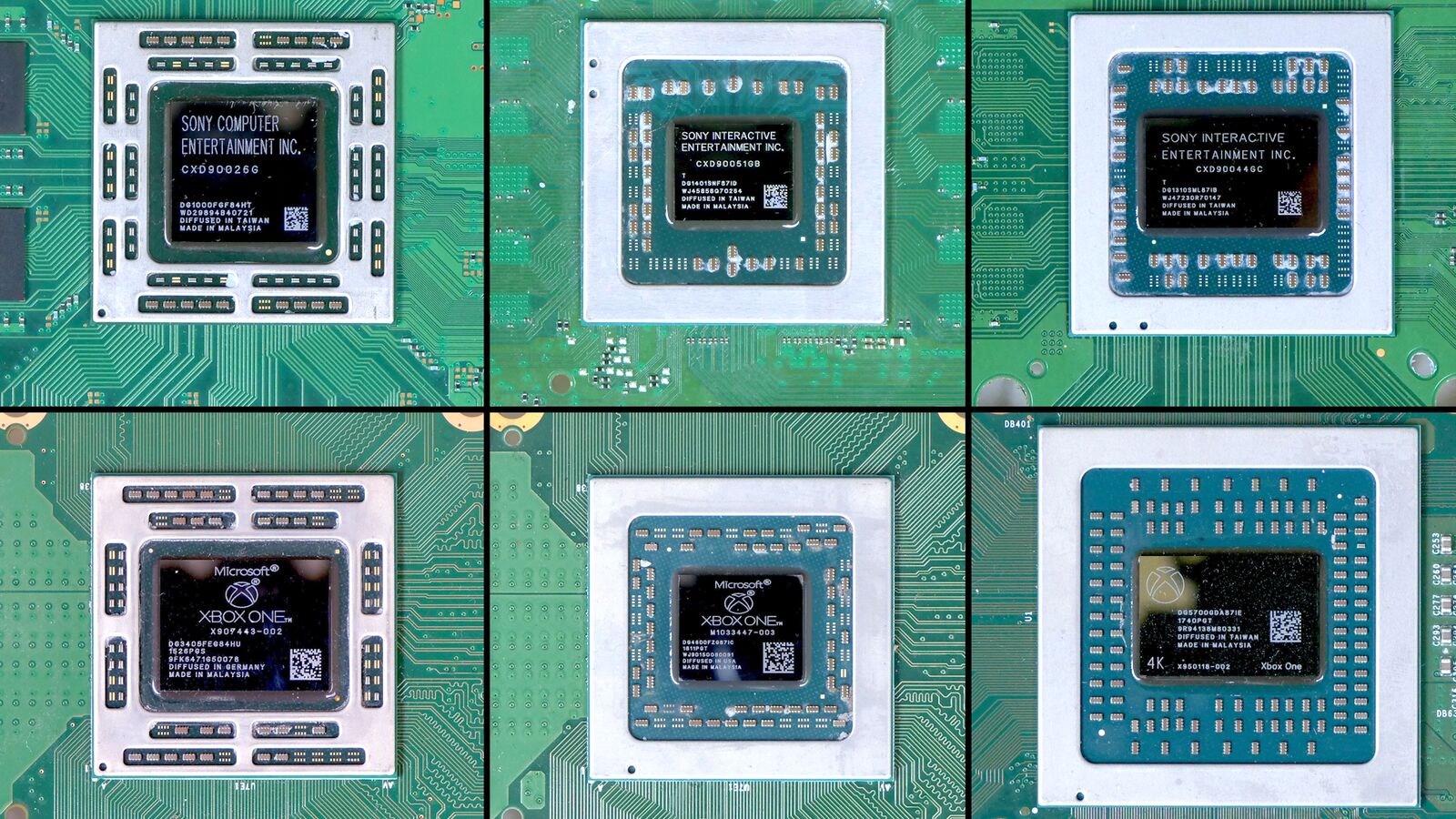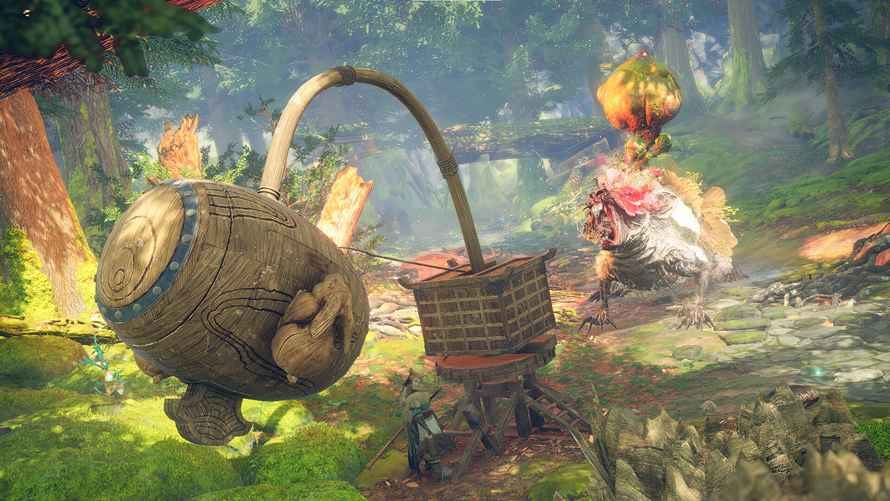
Wild Hearts Review
Ok, let’s push this elephant in the room right out of the way. There’s a lot of similarity between Wild Hearts and Monster Hunter. You’d be forgiven for thinking that Koei Tecmo’s Wild Hearts is just a knockoff of Capcom’s popular franchise, but you’d be wrong. Dismissing Wild Hearts as a wannabe Monster Hunter will deny you the pleasure of playing the first of a new and potentially endless series of games. So, we’ll try to minimize the comparisons, and so should you. One is like the other, but there’s plenty of room for more well-made monster-hunting games. Wild Hearts has some unique tricks up its silken sleeves.
Call of the Wild Kemono
You play as a hunter whose task is to take down the massive Kemono that is terrorizing once-peaceful Azuma. After an early, near-fatal encounter with the winter wolf, Deathstalker, you gain extra powerful abilities, making you perfect for the task. Your adventure will take you through four, season-inspired zones, and a fifth area saved for the endgame. There’s the autumnal land of Akikure Canyon, the winter world of Fuyufusagi Fort, the spring-like Harugasumi Way, and the sun-drenched summer landscape of Natsukodachi Isle. We’ll talk about art design a little later, but for now, suffice it to say that each zone is beautiful and unique. Long after the campaign, you’ll be happily and endlessly returning to each area to hunt.
Out in the wilds of each zone and the hub city of Minato, you’ll meet an engaging cast of NPCs, all of whom serve a specific purpose. There’s the usual array of side-quest givers, equipment upgraders, lore keepers, and the like. They’re all voiced by an engaging group of voice actors, but Wild Heart’s narrative might be its least memorable aspect. It has a bit of a been-there, done-that vibe. It does the job of moving the player through the zones and facing off against the boss Kemono, but it tends to demure to the action. All the NPCs are chatty, and I found myself fast-forwarding through their dialogue. The hunt calls, after all. All that said, the NPCs are colorful and worth getting to know.
If You Build It, They Will Fall
The strongly beating center of Wild Hearts is its combat and the monstrous Kemono. The twenty or so Kemono were once peaceful beasts but have turned hostile. They’re inventive gene splices of everyday animals fused with natural elements for offensive and defensive capabilities. A few of my favorites included the poison-infused rabbit called the Venomglider, the Fumebeak, and the great ape Lavaback. The names give a clue as to their capabilities, and each one has a unique move set that will need quite a bit of practice and many failed hunts to master. One defeated in the campaign, a Kemono becomes available to hunt and farm resources from.
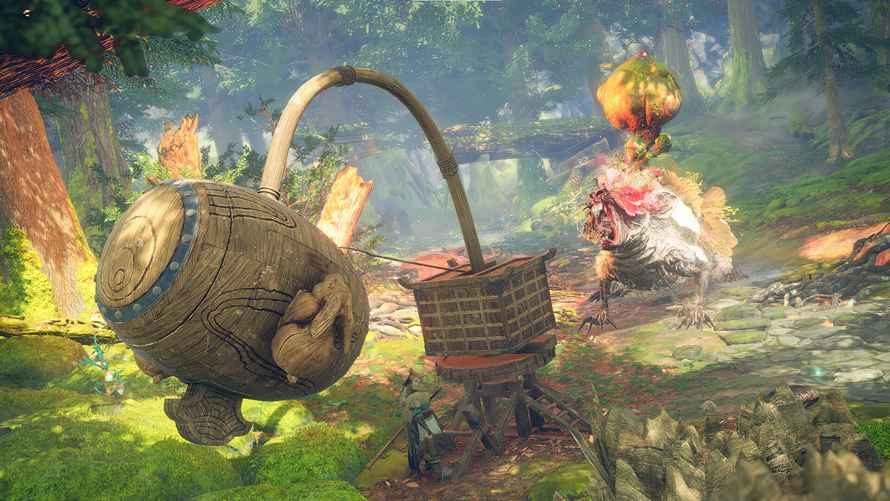
Those resources are critical to upgrading weapons and armor and building Karakuri, the inventive tools that unlock combat success against the Kemono. Wild Hearts has a seemingly small array of basic, starting weapons. There’s a katana, a bladed parasol, a maul, a massive great sword, a bow, a staff, a hand cannon, and twin blades. In addition to covering just about every play style, the weapons are uniformly useful and fun. There are so many available variants and upgrades that even one time through the campaign only unlocks some of them.
There are a lot of other gameplay systems to discover, like your ability to build a camp just about anywhere. Not just a camp, but a small settlement with crafting stations and a handy respawn point, perfect to lay down right near a big Kemono’s stomping grounds.
Something Borrowed, Something New
If Wild Heart’s starting weapons are relatively familiar, the Karakuri are a literal game changer. The Karakuri are contraptions built from a resource called Thread — think magical 3D printer — which can be farmed from Kemono or collected in the wild. Like the weapons, the array of basic Karakuri is small, like stackable crates, springs, gliders, and torches. The Karakuri come in three flavors: basic, fusion, and dragon. The creative use of Karakuri is essentially what Wild Hearts is all about, as few of the Kemono can be defeated by weapons alone. You can use the Karakuri to build damage-dealing traps, to move quickly around the monsters, and to attack from above.
Bringing together weapons, special moves and Karakuri gives players an incredibly diverse set of options. Add to that toolkit the easy ability to team up. While Wild Hearts is playable solo, it can be quite challenging to lone wolf it. Teaming up is one-button simple. Like most other monster-hunting games, taking on the monsters in a group is what gives the game long-term life. Playing with others opens up special co-op weapon combos that can be deadly to the Kemono.

Wild Hearts’ fundamental loop — hunt monsters, collect loot, upgrade, and hunt again — is familiar. What sustains it is the creative combinations of weapons and Karakuri, and the Kemono themselves. While a few elements are derivative, taken as a whole the experience feels fresh.
Camera, You Need to Settle Down
Wild Hearts is a robust and surprisingly deep game with some minor issues. Out of the box, the game’s camera can be a frustrating ally in the heat of combat. There are ways to tame it, but I always felt like it had a mind of its own. Although the combat and Karakuri systems aren’t overly complex, you may need to put some thought into remapping the controls. It takes some time until building Karakuri in tense and fluid combat situations becomes second nature. My first few hours were a bit frustrating until everything clicked.
Unlike Monster Hunter’s purely fantasy setting, Wild Hearts takes inspiration from feudal Japan. The game’s art style is beautiful, from the costumes and armor to the monsters themselves. While all the zones are brilliantly colorful, distinctive, and detailed, up close there’s also a pretty wide range range of textural complexity, especially in the Kemono. Often I felt like I was fighting a swirling mass of dancing pixels instead of a solid creature. Overall, there’s an out-of-focus quality that’s a little hard to describe. The graphics and overall richness of the visuals is maybe the one area that Wild Hearts doesn’t quite nail the Monster Hunter comparison test.
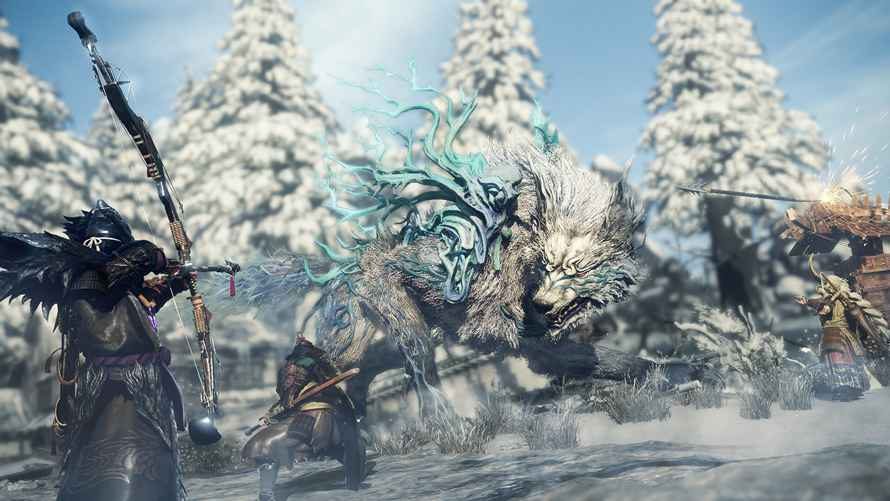
Long Legs
If the developers were hoping to launch an IP that could stand side-by-side with other monster-hunting games, they can rest easy. Wild Hearts shares some mechanics with other titles in the genre, but it’s best when staking out unique territory. Hunting Kemono alone and with others, using the Karakuri, and just enjoying the game’s satisfying loop are all a lot of fun. Best of all, Wild Hearts has the mechanical foundation and potential for endless DLC and sequels. If they can live with its slightly disappointing visuals, fans of that “other” monster-hunting game have a viable and addictive alternative in Wild Hearts.
